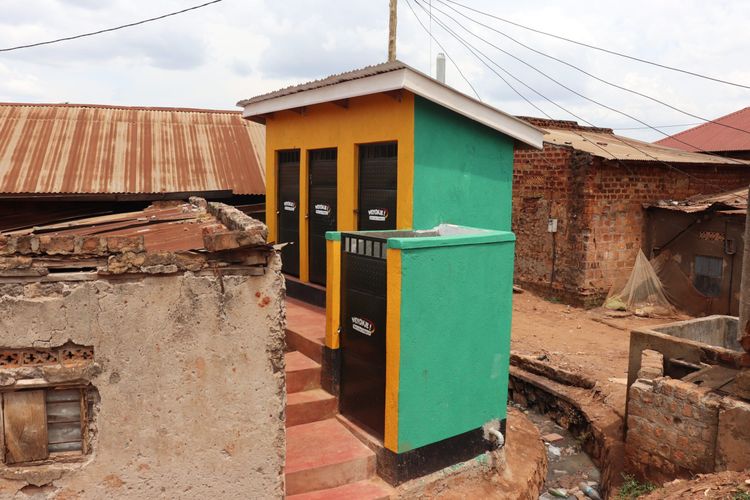Instalment payment model for toilets in Kampala's informal settlements
Contributed by Brenda Achiro, Janet Olumbe, Betty Musabe and Yvonne Lugali (Water For People)

Contributed by Brenda Achiro, Janet Olumbe, Betty Musabe and Yvonne Lugali (Water For People)
